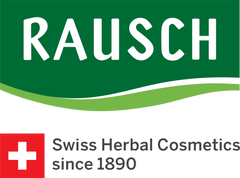Nettle | What's that?

Everyone is familiar with nettles. For some they are nature's incomparable gift for health – for others they are weeds to be attacked with hoe, spade and herbicide. From time immemorial nettles have been used in many spheres of life. They are one of the world's oldest medicinal herbs.
Hippocrates of Kos (the founder of the science of medicine in the 2nd century AD) recommended the plant for cleansing the stomach and blood. It contains many minerals, vital substances, trace elements and potassium as well as vitamins A and C.
How better to combat spring tiredness than with a plant that is so rich in vitamins and minerals?. There are countless recipes in which the herb can be used as a spring cure to flush out the waste products that have accumulated over winter. However, first we need to know where the plant grows, when is the best time for harvesting and how it is best harvested.
Habitat: The stinging nettle is a plant that can be found on every continent apart from Antarctica. It is a ruderal plant, which means it is one of the first to colonise disturbed sites, which it then "detoxifies". As a nitrogen-forming plant it follows human civilisation and grows particularly well on soils fertilised or treated by man.
It is less often found in untouched nature. The stinging nettle, which accumulates large amounts of iron, regulates the iron content of the soil and thus has a positive influence on all plants growing in the soil.
Best picking time: March to August as this is when the herbs are fresh and juicy. Gloves are recommended when picking nettles as the stinging hairs can cause an unpleasant rash. However, as soon as the leaves have been cooked, they no longer sting and can be eaten without problem. For the following recipe we recommend you use the best fresh, young nettle leaves.
